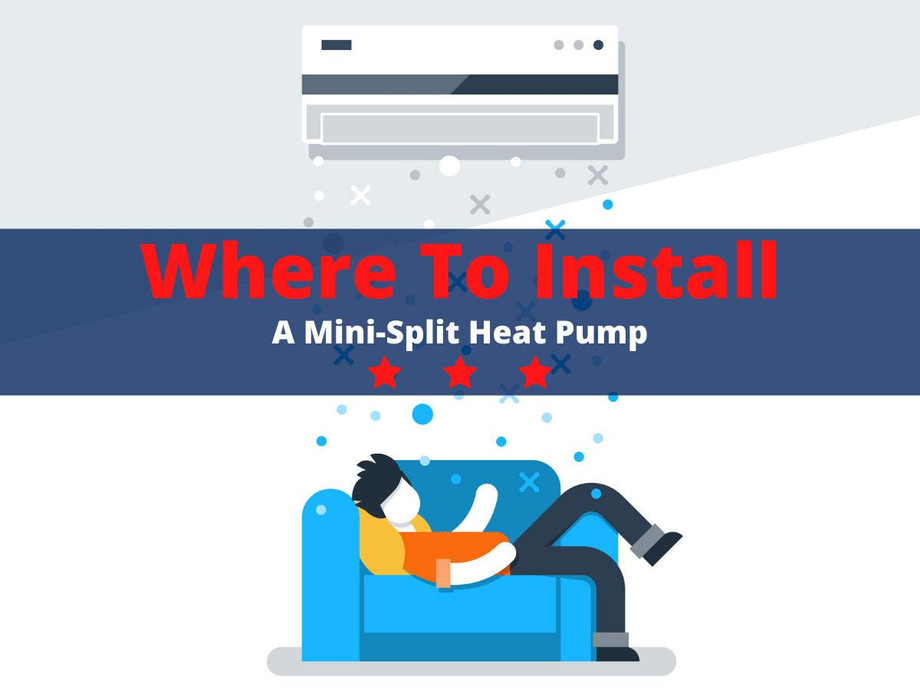There are really two parts to a ductless mini split system: the indoor air handler(s) and the outdoor heat pump condenser. We have a few recommendations on where to install each of these system components.
Indoor Mini Split Unit(s)
You can install your indoor mini split units, or air handlers, anywhere you need targeted comfort — a hard-to-condition bedroom, a new addition that doesn’t have ductwork, your living room and kitchen, etc. Depending on your home comfort needs, you might install just one indoor unit, or you might end up installing several units. Wherever you choose to install your mini split(s), keep in mind that every mini split installation location does need to be on an exterior wall — that is, a wall that runs along the exterior of your home. There should also be at least two inches of accessible space above each indoor unit.
Outdoor Condenser
Typically, the best location for a heat pump condenser is a shady area, away from direct sunlight. The condenser also needs to be installed directly on the side of or behind the home, away from any shrubbery or vegetation (which could interfere with airflow.) It may also be an option to mount the outdoor unit to an outside wall with stand-off mounting brackets. If you take this route with your condenser unit, you must ensure that there is at least five inches of space between the wall and the unit and at least 20 inches of space above it. Your Air heat pump installation technician can help you determine the best option for your mounting your new outdoor condenser.
Mini Split Placement Considerations
A mini split installation is a cost-effective way to cool or heat a room or home. Installing a mini-split is relatively easy, but homeowners must consider some key details. Mini-split placement in each room can impact how well it functions, and it’s essential to have enough space for the unit. Mini-splits should be placed away from doors and windows to protect against airflow interference with the unit. The essential factor to consider is which rooms you use the most. If a home addition isn’t connected to your existing AC system, this space may be a good candidate for a mini-split.
Accessibility
Both indoor and outdoor components must be accessible to allow for routine maintenance, including regularly changing air filters. Mini-split outdoor unit placement should allow for plenty of clearance from landscaping and other potential obstructions. In some instances, installing a condenser on an exterior wall or rooftop may be the best option.
Symmetry
One aspect of mini-splits that some homeowners don’t like is their visibility. But when energy efficiency and comfort outweigh appearance and having a unit on the wall makes sense, it’s crucial to maintain symmetrical placement. Mounting brackets should be centered within a window frame (if installed above a window) or in a location that allows for a balanced home design.
Airflow
To avoid blocking good air distribution in a room, make sure your mini-split unit isn’t installed in a location near large furniture, doors, or other design features that may inhibit consistent airflow. Depending upon your ceiling height, most technicians recommend placement at least eight to ten feet above the floor.

